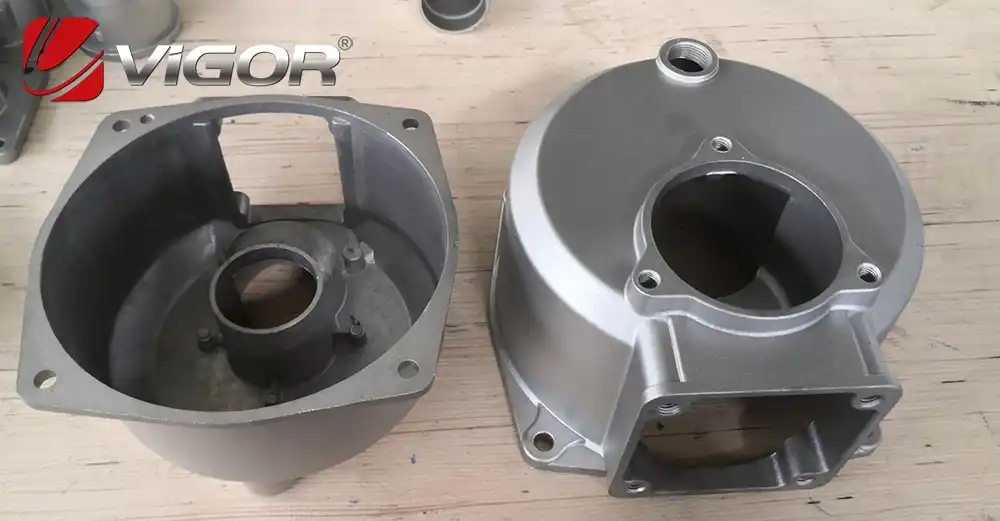
Knowledge
High Pressure Die Cast Designed And Maintained
The design process begins with a detailed analysis of the part geometry, including considerations for: the part's function, required tolerances, and surface finish. Material properties of the alloy to be cast, such as its melting temperature, shrinkage rate, and flow characteristics, are taken into account to determine mold features like: cooling channels, gating systems, and ejection mechanisms. CAD software is typically used to create precise mold designs, allowing for simulation of the molten metal flow and solidification before the mold is manufactured. The mold design also includes allowances for thermal expansion and shrinkage of the material during casting. Key components of the mold, such as: cores, slides, and inserts, are designed to create complex geometries and undercuts in the cast part.
The gating system is carefully planned to ensure efficient metal flow into the mold cavity while venting paths are included to allow gases to escape. This prevents porosity and other defects. Moreover, cooling systems within the mold are strategically placed to regulate the temperature, facilitating rapid cooling and solidification of the cast part. The durability of the mold is considered, and high-grade steels and surface treatments that can withstand the high pressures and temperatures of the die casting process for thousands of cycles are selected. The result is a robust, precision-engineered mold that ensures high-quality, consistent casting results.
Maintaining pressure die casting molds is crucial to ensure their longevity and consistent quality of the cast parts. Regular maintenance practices involve thorough cleaning to remove any residual metal, lubricants, and debris, preventing mold damage and ensuring clean, precise casts. Visual inspections are conducted to identify wear or damage, such as: cracks, erosion, or thermal fatigue, which could compromise mold integrity. Critical components like: ejector pins, cores, and cooling channels require special attention to ensure they operate smoothly and efficiently. Lubrication of moving parts is essential to prevent sticking and wear. Additionally, periodic checks and calibrations are necessary to ensure the mold closes correctly, maintaining proper alignment and preventing flash. Molds are also treated with protective coatings and anti-rust agents during storage to safeguard against corrosion and environmental damage.
Vigor has provided customized products and services to many customers, and we understand the importance of quality design and regular maintenance for the longevity of our products. Vigor can provide you with customized OEM services, we will upgrade the original design according to the customer's actual needs so that the customer can get the best quality products, and we will also maintain and package according to the customer's requirements to ensure that the product can be stored and transported without damage, and arrive safely at the customer's location. If you are interested in Vigor's mechanical products, please do not hesitate to get in touch with us to get the best quality products and integrated services throughout the process.




